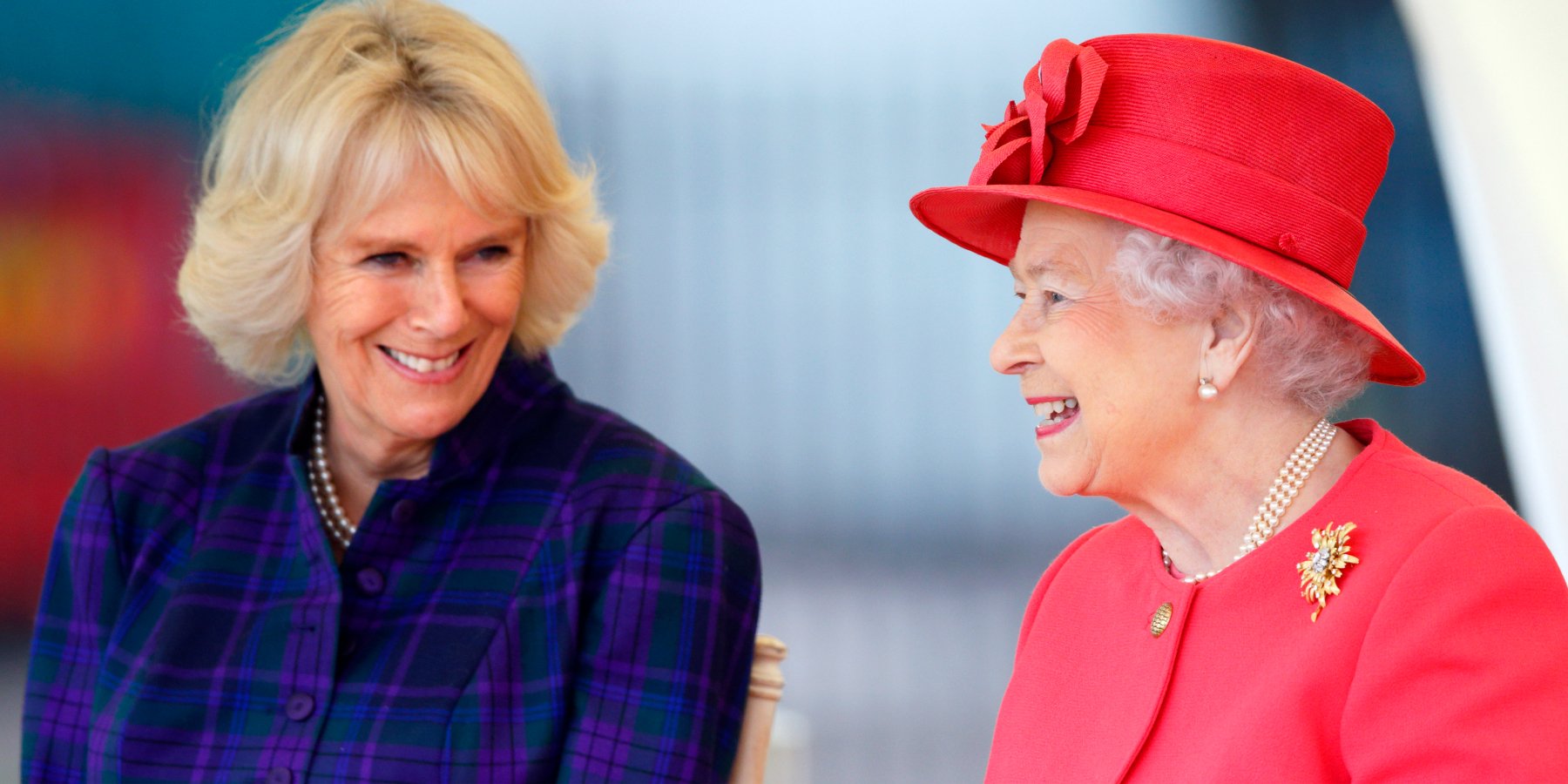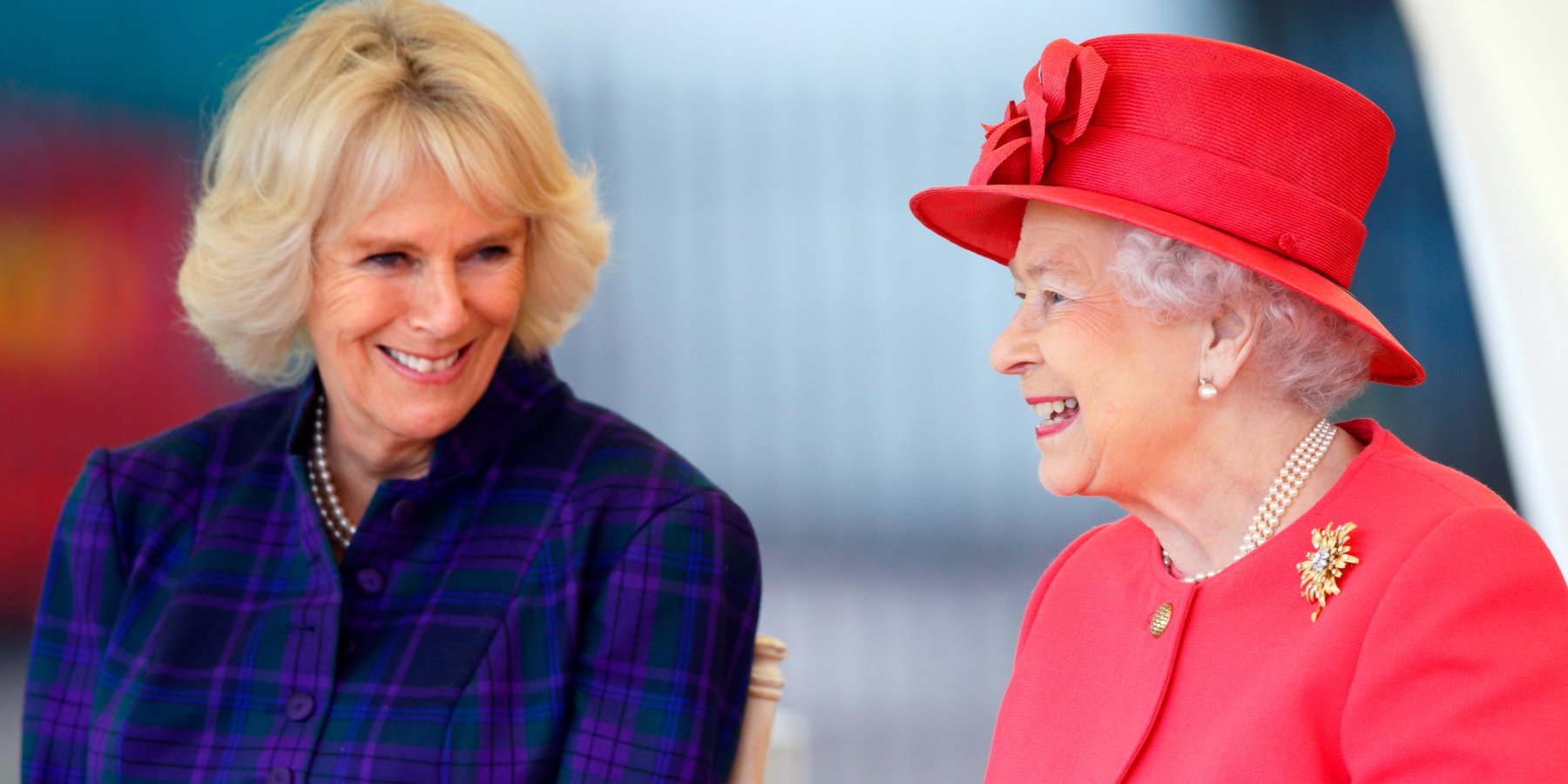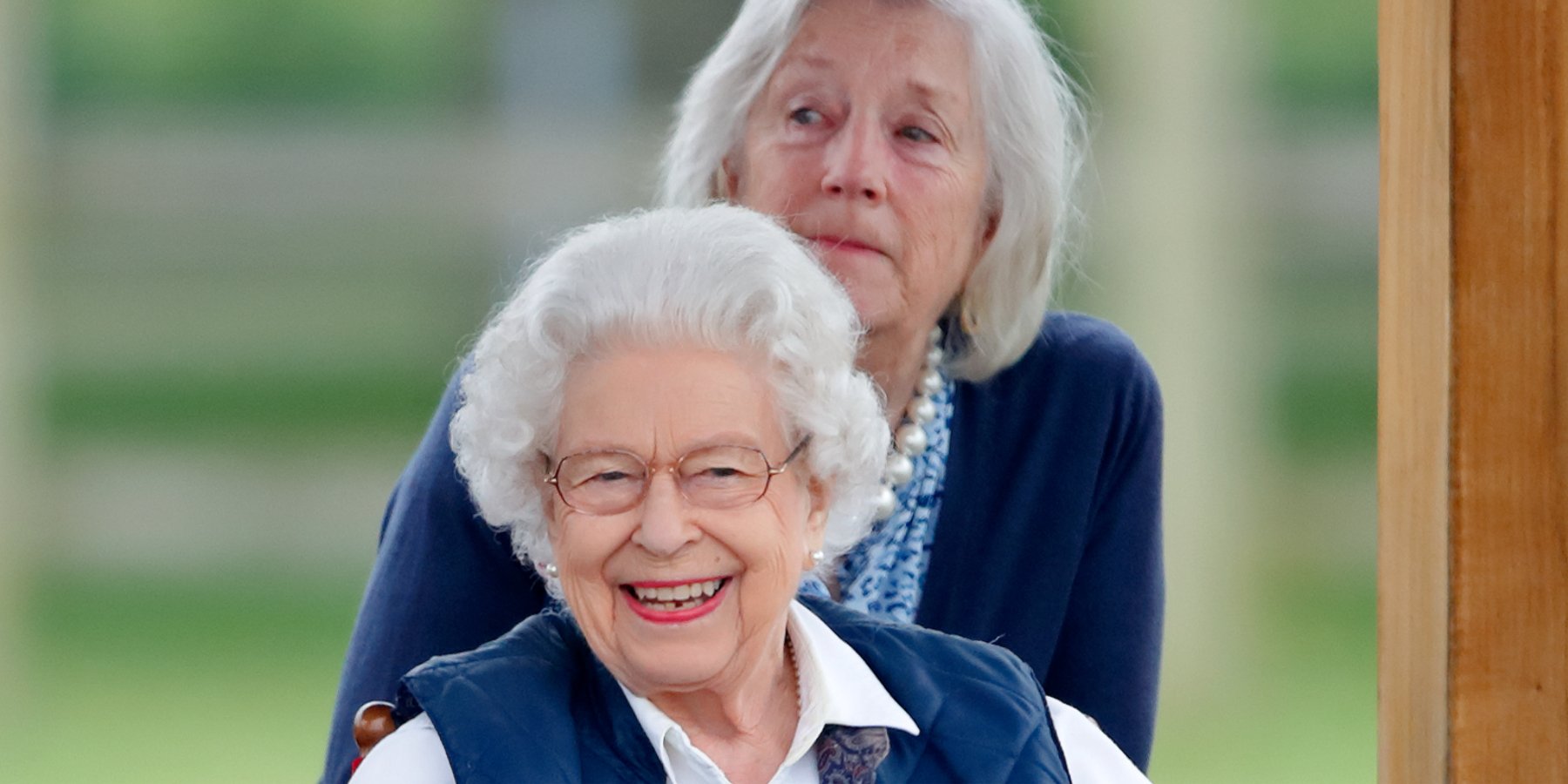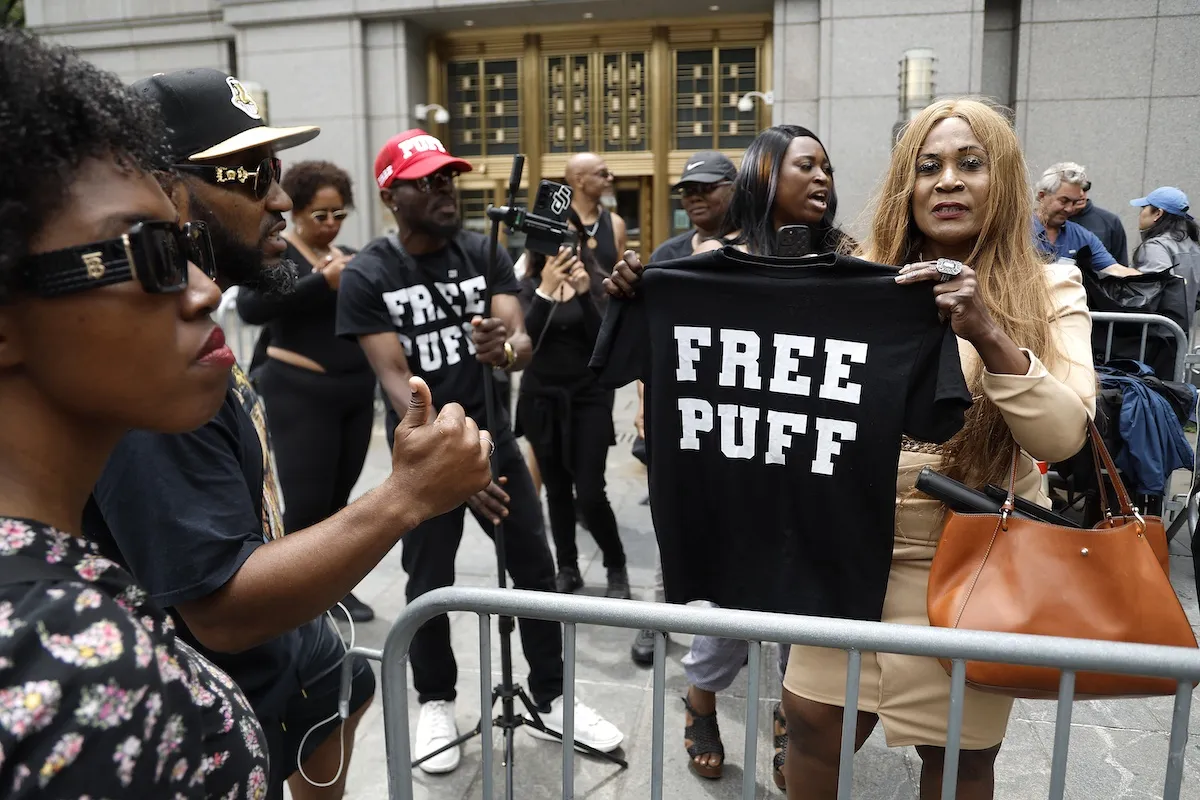
Camilla Parker Bowles May End 1 of Queen Elizabeth’s Most Treasured Traditions, Says Royal Historian
As queen consort, Camilla Parker Bowles is a senior royal family member with new and evolving powers that will significantly change her status within the clan. As the first to sit alongside a reigning king since Queen Elizabeth, the Queen Mother, Camilla Parker Bowles will likely add personal touches to the royal system. However, it is believed that King Charles III‘s wife will end one tradition treasured by the late Queen Elizabeth II, says a royal historian.

What is Camilla Parker Bowles’ role as queen consort?
The roles of a queen and queen consort are very different.
A queen, or queen regnant, is a monarch with the same rank as a king, who reigns over a kingdom and has sovereign, military, and political powers. A queen consort is the wife of a reigning king.
While a queen consort holds the female equivalent of her husband’s title, she does not share the king’s sovereignty or political and military powers. Therefore, Camilla is there to support King Charles. However, she cannot perform any of his duties.
Camilla Parker Bowles may end Queen Elizabeth II’s ‘lady-in-waiting’ tradition

Camilla and King Charles currently live at Clarence House, the residence they have called home for 20 years. The couple is likely to move into Buckingham Palace, the late queen’s official residence for 70 years, in the coming months.
However, the new queen consort could be preparing to retire some outdated traditions as she prepares for a more modernized monarchy in her new home. Therefore, Camilla could potentially do away with the royal role of lady-in-waiting.
This essential royal job was awarded to women of noble and aristocratic backgrounds, said Express. Due to their familial wealth, these women could easily take on this lifelong, unpaid role that required them to help the queen with the day-to-day demands of being a monarch.
Marlene Koenig, a royal historian, said, “There are some positions that may no longer be filled. You wonder if the women, especially Queen Camilla, will use ladies-in-waiting as the queen did. She’s never had an official lady-in-waiting, even as the Duchess of Cornwall.”
Why the new queen consort could end ladies-in-waiting
Koening also told Express that Camilla could have appointed women to the position upon taking on the role after the queen’s death. However, she has not yet done so.
“The fact that Queen Camilla has not appointed ladies-in-waiting points to that. I think it also could be to stress that they’re not totally relying on people in the nobility,” Koening said.
Koening noted that neither Camilla nor Kate Middleton had appointed ladies-in-waiting. Neither has Sophie, Countess of Wessex, who married Prince Edward. As of November 2022, Camilla has five personal assistants who are known as “Queen’s Companions,” as The Washington Post reported.
Previously, the late Diana, Princess of Wales, Princess Alexandra, and the Duchess of Gloucester all used ladies-in-waiting.



